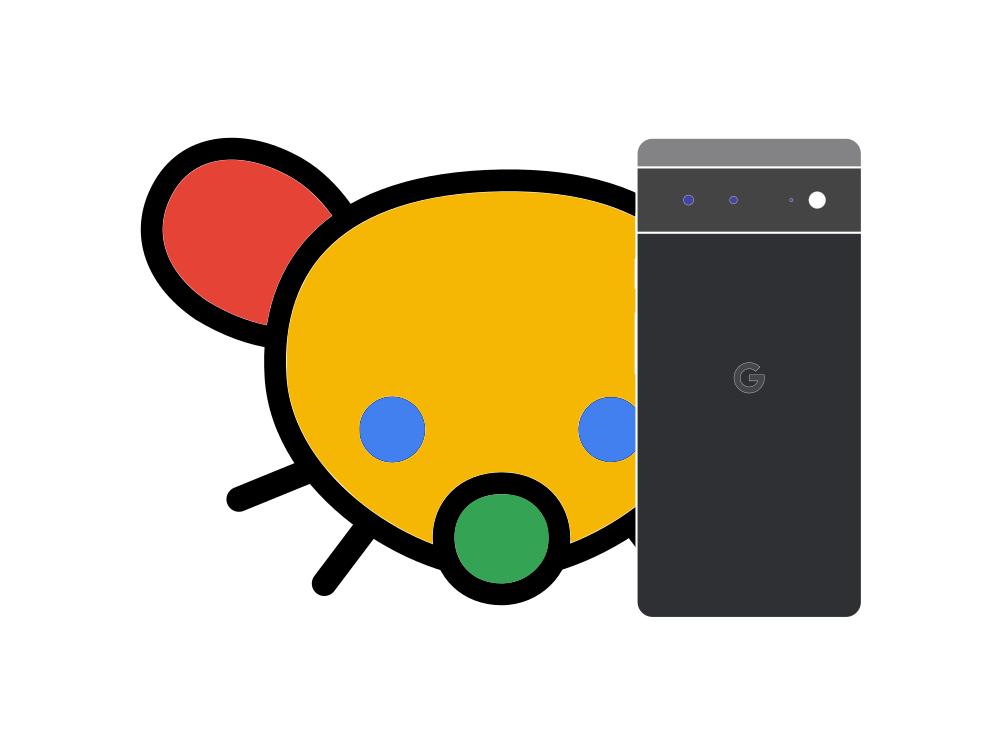

Pixel - varies by manufacturer
That was the Nexus line, Pixel phones are all made by Google. Although Pixel 5 series and older use Snapdragon SoCs, while 6 onwards use Google’s custom Tensor based on Samsung’s Exynos. The major downside is IMHO the awful modem efficiency - if I want to keep mobile network on so that I can receive calls, my 7a is limited to 2 days of battery life if I’m lucky (and that’s with barely using the phone, just a few pictures).
Edit: and I forgot to mention that all Pixels have great third party ROM support, except if you want GrapheneOS, in which case you need to go for the recent ones that are still supported by Google.






Just FYI, this seems to depend on where you get the Pixel from - if bought directly from Google, it should be offline-unlockable out of the box. The carrier-sold Pixels are a different story because the carriers demanded it.
Of course check this is true for the specific model you’re buying before you actually buy it, but for me the unlock was never greyed out on my 7a.